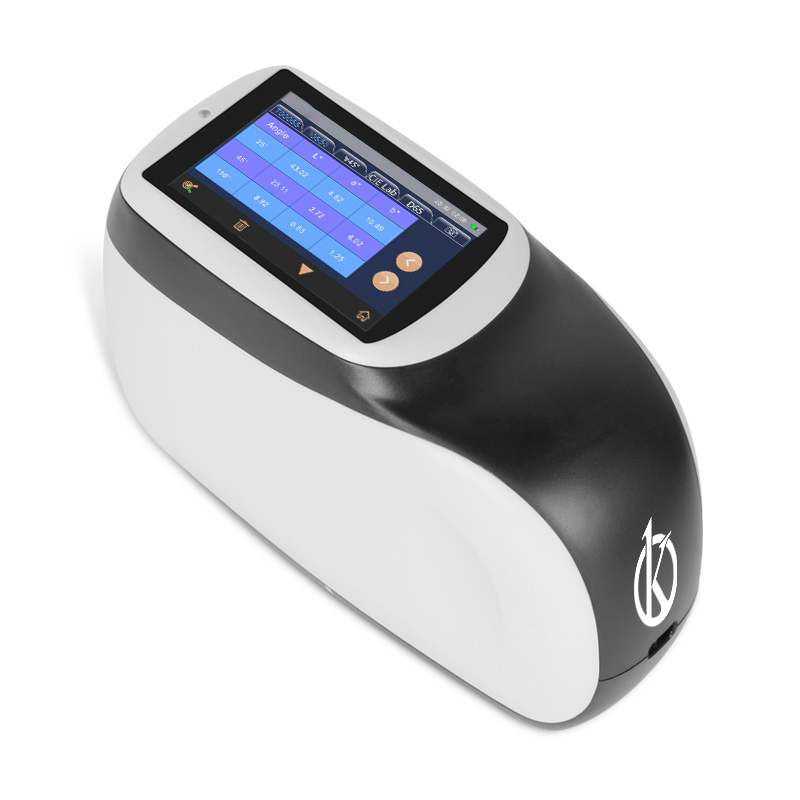Spectrophotometry is an important tool for laboratories performing chemical tests. This technique is used to determine the concentration of a substance in a sample. To do this, it uses a measuring instrument known as a spectrophotometer, which can determine this with great precision. Spectrophotometry is considered as a form of qualitative analysis which means determining the concentration by limiting the information to qualitative results.
Spectrophotometry is currently used to detect, measure and analyze the different types of substances that are brought to laboratories for study. This technique provides a low-cost solution for data collection, analysis, and recording. The results obtained with spectrophotometry are highly reliable. This technique has improved the level of accuracy of laboratory analysis results, allowing scientists to obtain accurate results and reliable information.
How is the accuracy of the analyzes improved with spectrophotometry?
One of the main attractions of spectrophotometry is its flexibility. The operator can adjust the instrument to suit the specific needs of the laboratory. The operator can adjust the measurement parameters, adjust the filters to block a particular wavelength, or change the modes of detecting light for best results. This flexibility allows scientists to adapt to measuring any type of compounds desired.
In addition, spectrophotometry offers ease of use and operation and provides many tracking options. The operator can monitor and control the instrument to ensure that the results are as expected. This means that scientists can change the parameters to achieve the best results. Another advantage is that operators can automate processes in the lab to avoid human error. This means that operators can ensure that results are accurate and accurate.
Why are the results of spectrophotometric analyzes considered accurate?
Accuracy is a very difficult property to establish, since the results obtained from measuring a component in a sample must statistically match an unknown amount. However, the analytical methods that use absorbance as a final measure are widely studied and modeled and if all assumptions are met, the results will be accurate and precise.
In this sense, the calibration must be carried out using reagents of the appropriate purity, in volumetric material of the best class and in physicochemical systems whose variables are widely known, i.e., pH, concentration of completers, oxidizing and reducing agents, among others. And, in the case of the calibration model, take into account the manufacturer’s suggestions, taking into account the type of noise affecting the equipment.
Why can spectrophotometry help ensure the accuracy of the results for laboratories?
In general, spectrophotometry has become an important tool for the performance of chemical tests and analyzes at the local level. It allows scientists to control their data to get the precise and accurate results they want. This helps to improve the quality of laboratory results, allowing them to obtain accurate and accurate information about their samples.
Ultimately, this helps maximize productivity in labs and improve the efficiency of your results. In addition, it should be noted that this technique is one of the most economical available for laboratories. There is no doubt that spectrophotometry is an effective tool to achieve accurate results in laboratories, and when used correctly, it can help to achieve the highest quality research.
Kalstein equipment for Absorbance measurement
The manufacturer Kalstein has a variety of spectrophotometers available for sale, which meet the needs for sample analysis of many laboratories. These devices stand out for their powerful electronics that are combined with an elegant design, a design that can be single or double beam, and use solid state detectors that allow in some cases the simultaneous detection of the spectrum. To learn more about these devices, purchase and pricing issues, and other technical details, visit HERE and HERE.

